Naveen Ashish
Automated Mouse Organ Segmentation: A Deep Learning Based Solution
Jul 16, 2018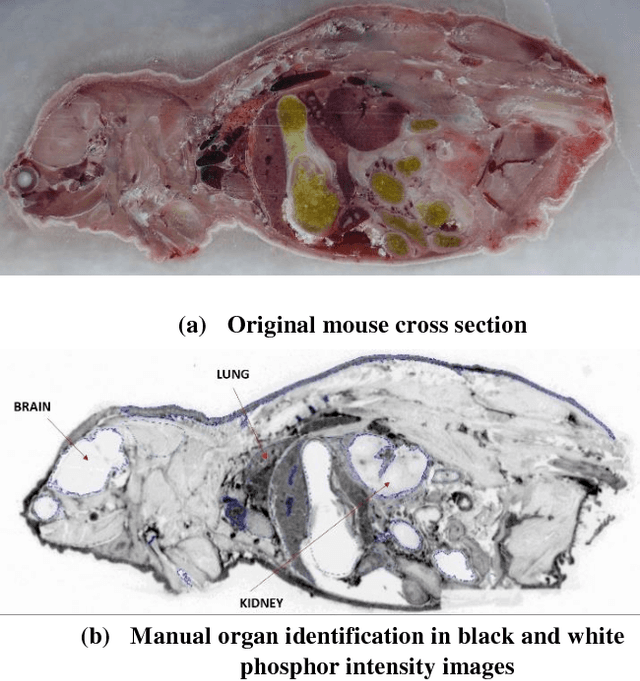
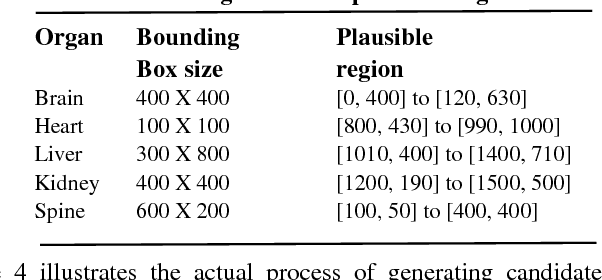
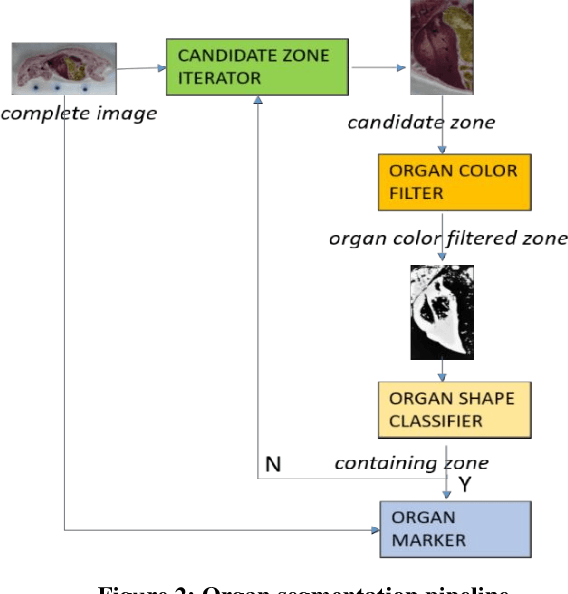
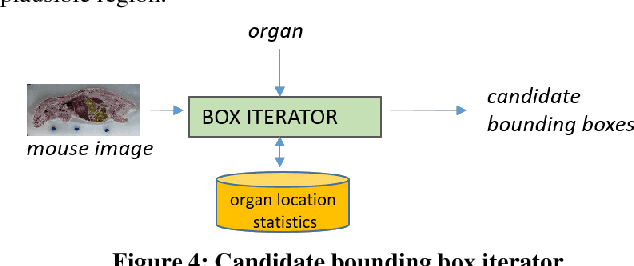
Abstract:The analysis of animal cross section images, such as cross sections of laboratory mice, is critical in assessing the effect of experimental drugs such as the biodistribution of candidate compounds in preclinical drug development stage. Tissue distribution of radiolabeled candidate therapeutic compounds can be quantified using techniques like Quantitative Whole-Body Autoradiography (QWBA).QWBA relies, among other aspects, on the accurate segmentation or identification of key organs of interest in the animal cross section image such as the brain, spine, heart, liver and others. We present a deep learning based organ segmentation solution to this problem, using which we can achieve automated organ segmentation with high precision (dice coefficient in the 0.83-0.95 range depending on organ) for the key organs of interest.
Semantic Advertising
Sep 19, 2013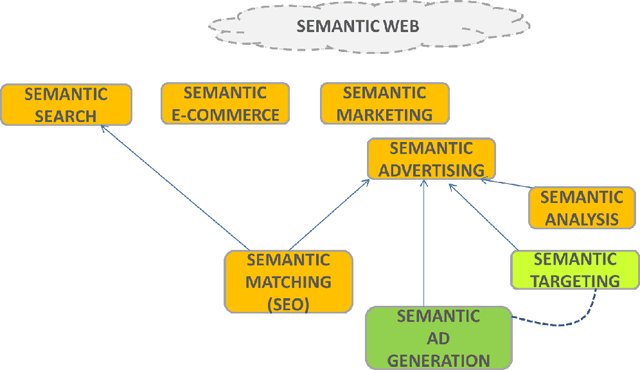
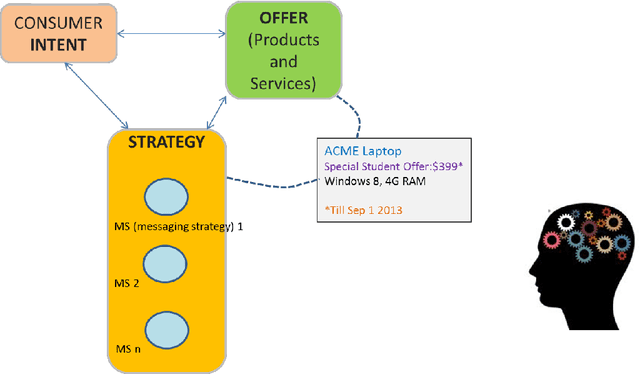
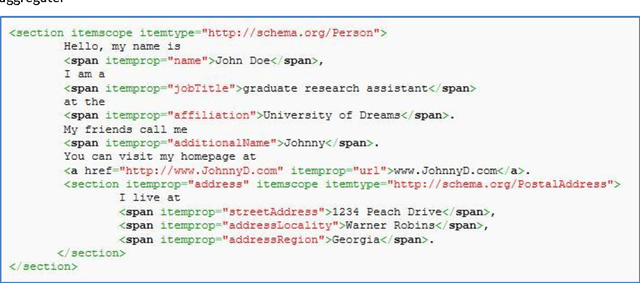
Abstract:We present the concept of Semantic Advertising which we see as the future of online advertising. Semantic Advertising is online advertising powered by semantic technology which essentially enables us to represent and reason with concepts and the meaning of things. This paper aims to 1) Define semantic advertising, 2) Place it in the context of broader and more widely used concepts such as the Semantic Web and Semantic Search, 3) Provide a survey of work in related areas such as context matching, and 4) Provide a perspective on successful emerging technologies and areas of future work. We base our work on our experience as a company developing semantic technologies aimed at realizing the full potential of online advertising.
The Abzooba Smart Health Informatics Platform (SHIP) TM - From Patient Experiences to Big Data to Insights
Mar 16, 2012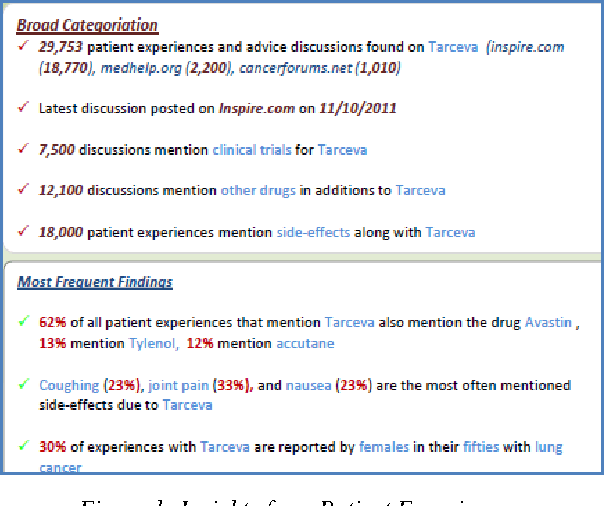
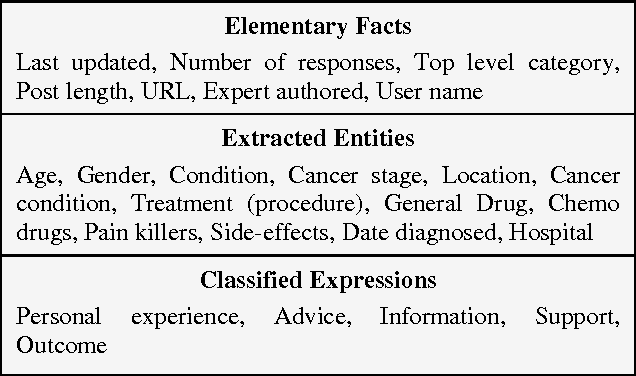
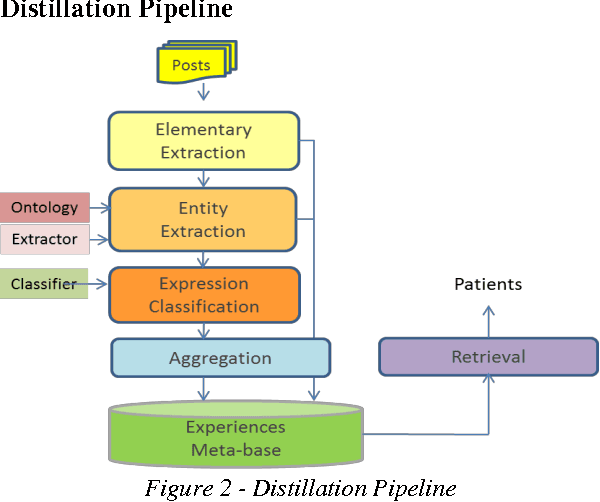
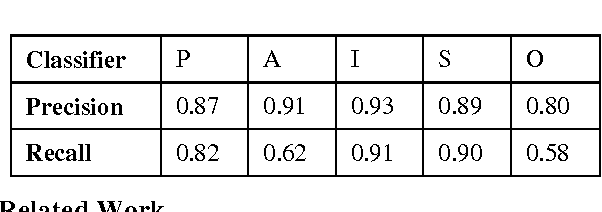
Abstract:This paper describes a technology to connect patients to information in the experiences of other patients by using the power of structured big data. The approach, implemented in the Abzooba Smart Health Informatics Platform (SHIP),is to distill concepts of facts and expressions from conversations and discussions in health social media forums, and use those distilled concepts in connecting patients to experiences and insights that are highly relevant to them in particular. We envision our work, in progress, to provide new and effective tools to exploit the richness of content in social media in health for outcomes research.
An Event Based Approach To Situational Representation
Jun 22, 2009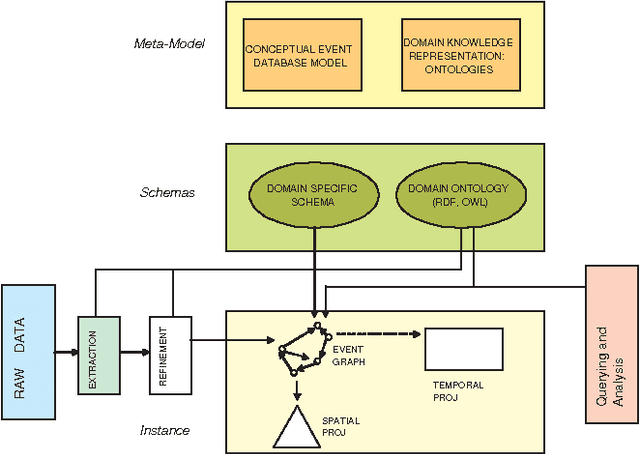
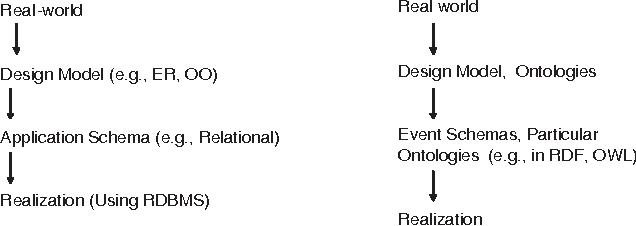
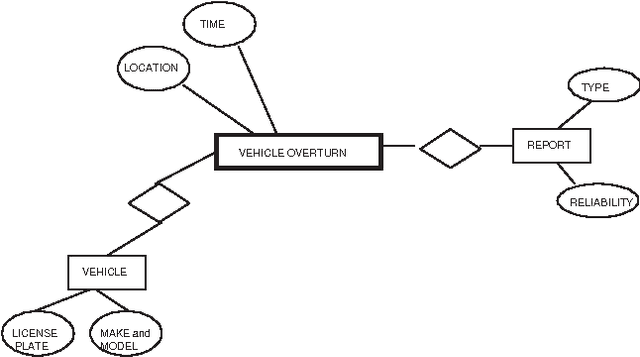
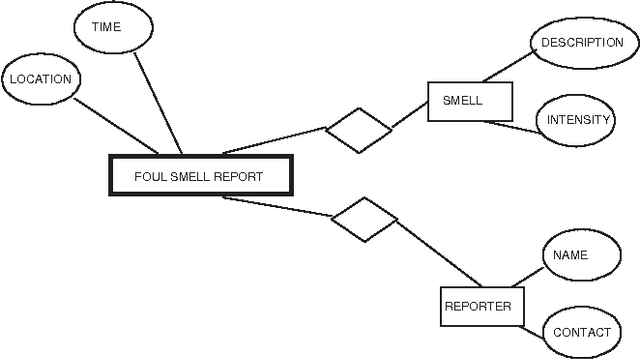
Abstract:Many application domains require representing interrelated real-world activities and/or evolving physical phenomena. In the crisis response domain, for instance, one may be interested in representing the state of the unfolding crisis (e.g., forest fire), the progress of the response activities such as evacuation and traffic control, and the state of the crisis site(s). Such a situation representation can then be used to support a multitude of applications including situation monitoring, analysis, and planning. In this paper, we make a case for an event based representation of situations where events are defined to be domain-specific significant occurrences in space and time. We argue that events offer a unifying and powerful abstraction to building situational awareness applications. We identify challenges in building an Event Management System (EMS) for which traditional data and knowledge management systems prove to be limited and suggest possible directions and technologies to address the challenges.
 Add to Chrome
Add to Chrome Add to Firefox
Add to Firefox Add to Edge
Add to Edge